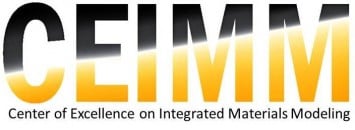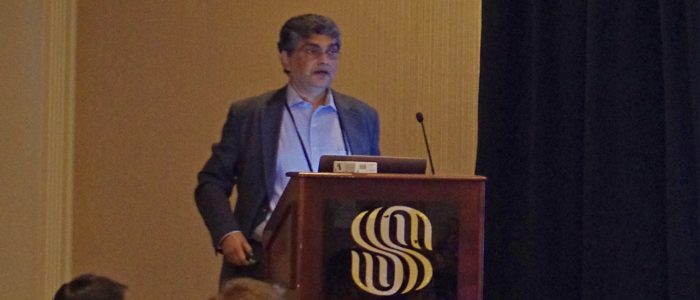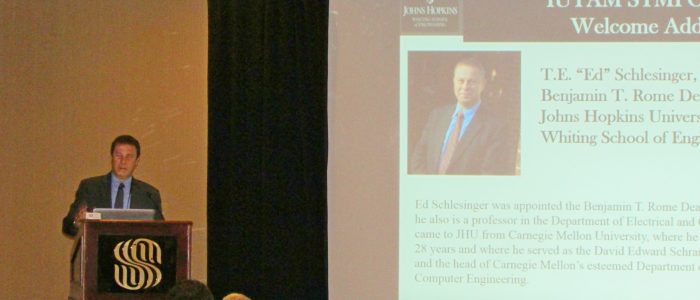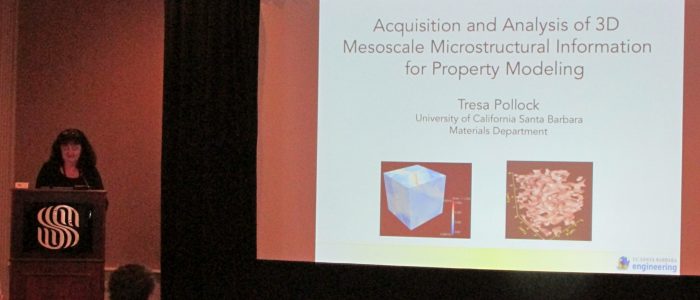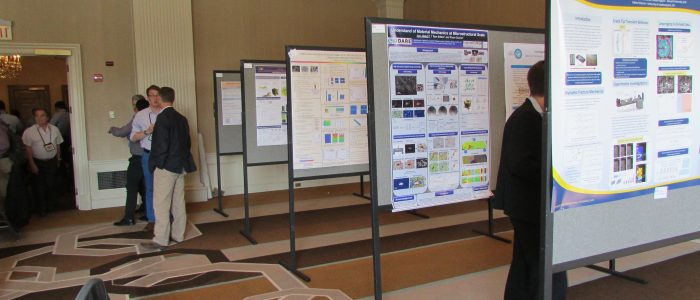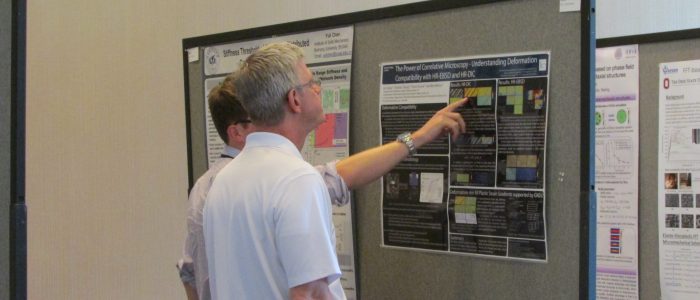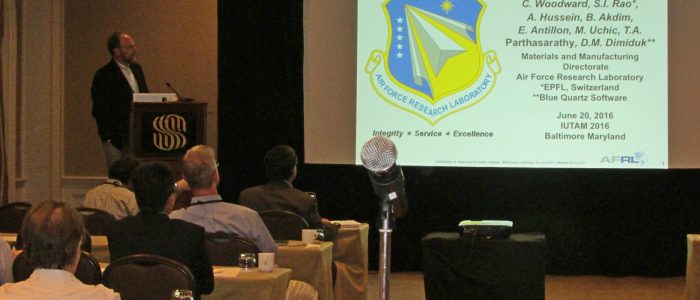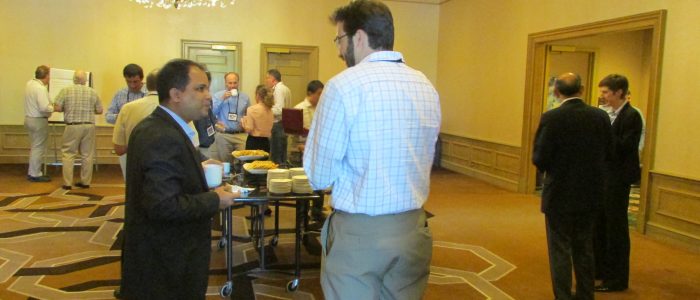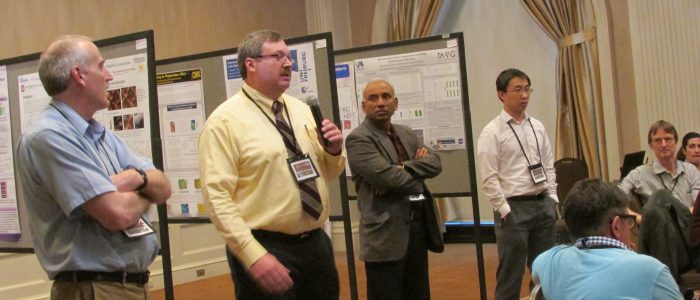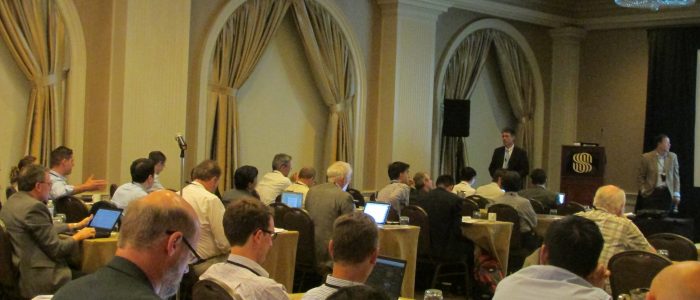A successful IUTAM Symposium held in Baltimore
The International Union of Theoretical and Applied Mechanics (IUTAM) symposium was successfully held in downtown Baltimore, Maryland, on June 20-22, 2016. This event, hosted by Johns Hopkins University-Whiting School of Engineering and co-sponsored by United States Association for Computational Mechanics (USACM), brought together international experts in the field of Computational and Experimental Mechanics, and Materials Science. The chair of the organizing committee, Prof. Somnath Ghosh, welcomed the congregation on the first day of the meeting and this was followed by opening remarks by the dean of the Whiting School of Engineering, T.E. “Ed” Schlesinger. The Whiting School’s associate dean of research, Dr. Larry Nagahara, made an appearance during panel discussions.
Seventy participants including thirty four invited speakers and eight panelists from academia, governmental agencies and the industry, presented and discussed their work over the three full days of meeting. Each day concluded with a panel discussion on relevant topics that were led by invited panelist members from industries and government laboratories. In addition to talks, a two-day poster session was included to display the latest research performed by invited junior faculty members and researchers.
Scope:
This IUTAM symposium addressed state of the art topics and emerging issues in the area of Integrated Computational Structure-Material Modeling of Deformation and Failure under Extreme Conditions. This symposium brought together experts in the complementary fields of Computational and Experimental Mechanics, and Materials Science to discuss multidisciplinary approaches for integrating modeling and simulation, characterization and experiments to predict non-homogeneous deformation and failure in heterogeneous materials including metals, ceramics and composites. It focused on different material classes and covered a range of spatial and temporal scales needed for physics-based modeling of deformation and failure.
Effective methods of coupling multiple scales in regions of homogeneous and localized deformation leading to intense damage and failure were discussed. Use of probabilistic mechanics, incorporating data from imaging into modeling capabilities through uncertainty characterization of material structure, uncertainty identification in material properties, mapping material structure uncertainty to structural performance were discussed as essential ingredients of robust modeling process. This conversation took place with a goal of developing a 10 year vision and planned for advancing the field to enable solving these technological, economic and social challenges.
Additional funding for this symposium comes from National Science Foundation (NSF), Army Research Organization (ARO) and Los Alamos National Laboratories (LANL).
